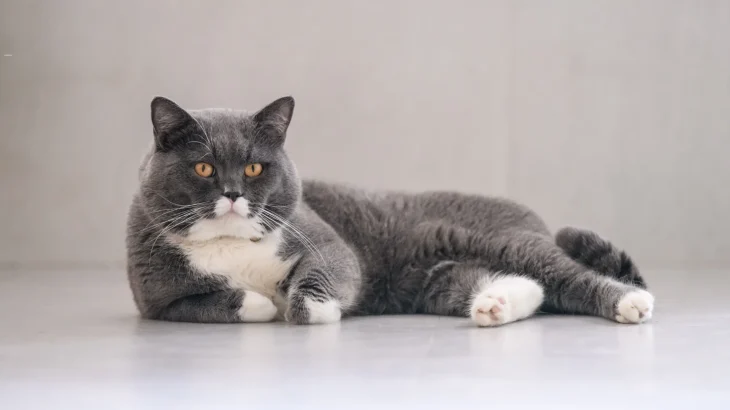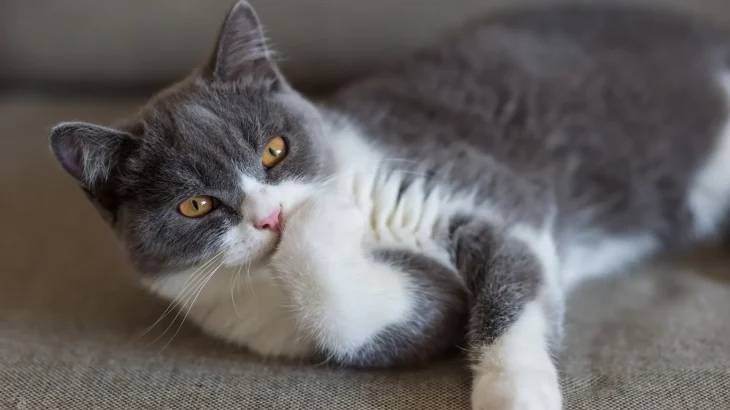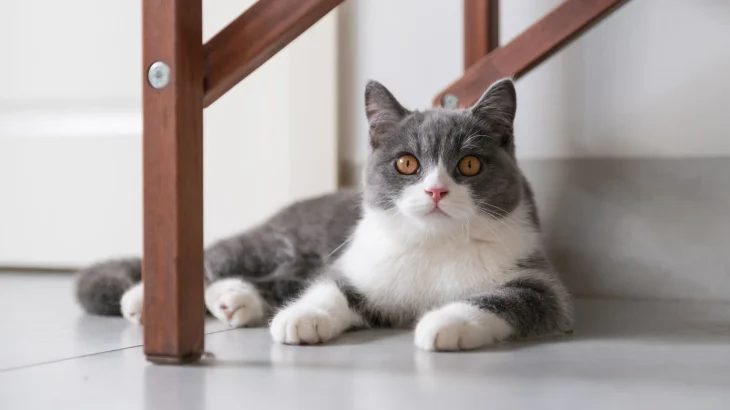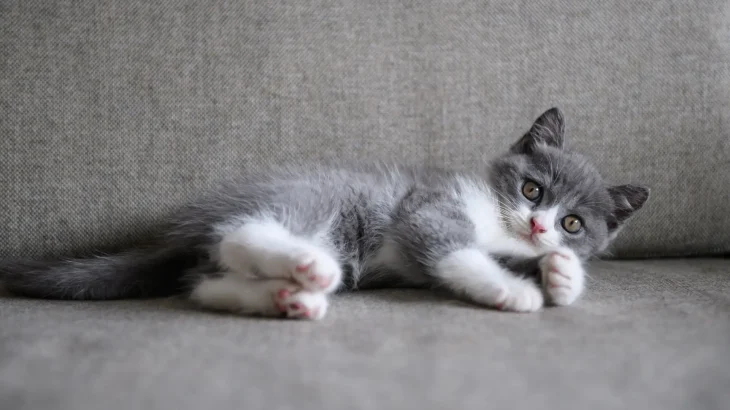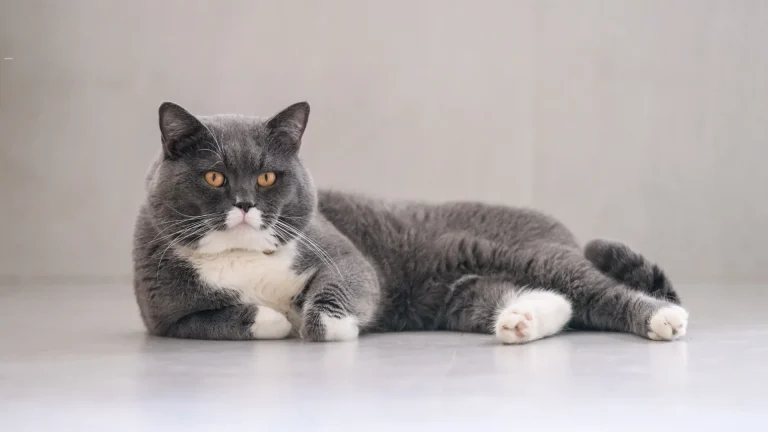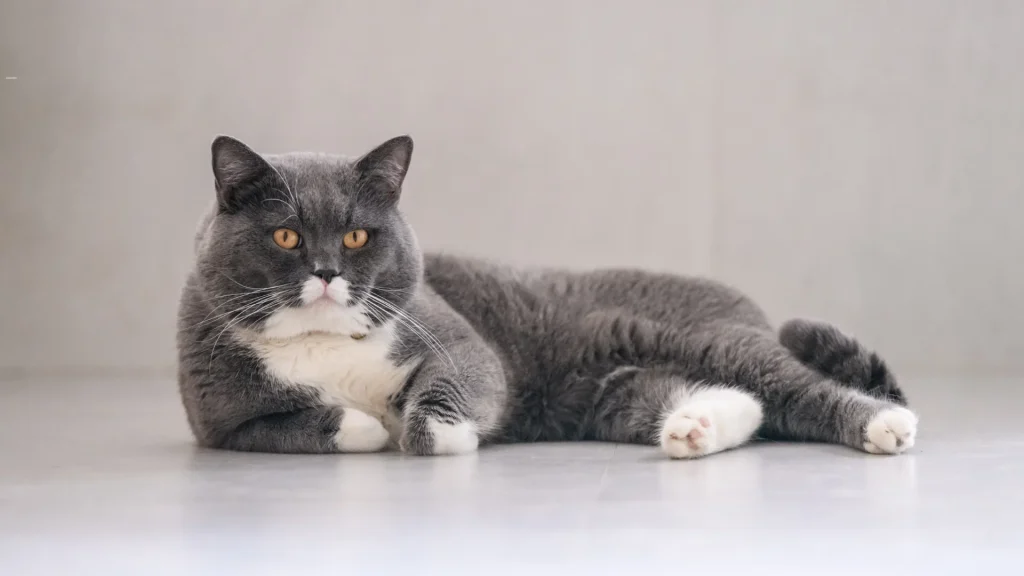When deciding between adopting or purchasing a Colourpoint British Shorthair kitten, the choice often boils down to considerations of pedigree and health transparency versus giving a home to a cat in need. Purchasing from a breeder generally ensures verified lineage and detailed health records, whereas adopting may offer a chance to rescue a deserving cat but without guaranteed breed specifics.
Adoption vs. Breeder: Pros & Cons
| Criteria | Buying from Breeder | Adopting from Shelter/Rescue |
|---|---|---|
| Cost | Higher initial cost reflecting purebred status, often $1,000 and up. | Lower adoption fees, usually $50 to $200, often including vaccinations. |
| Health History | Comprehensive health screening and genetic history provided. | Basic health checks performed, genetic background often unknown. |
| Age Availability | Typically kittens available, allowing early bonding and training. | Wider range of ages, including adults and seniors. |
| Temperament Insight | Breeders offer insights on lineage temperament. | Temperament observed by shelter staff, past behavior may be unclear. |
| Supporting Practices | Supports ethical breeding programs focused on breed standards. | Supports animal welfare by saving cats in need of homes. |
| Breed Purity & Pedigree | Guaranteed purebred with registered papers. | Breed purity usually not guaranteed, limited or no pedigree documentation. |

